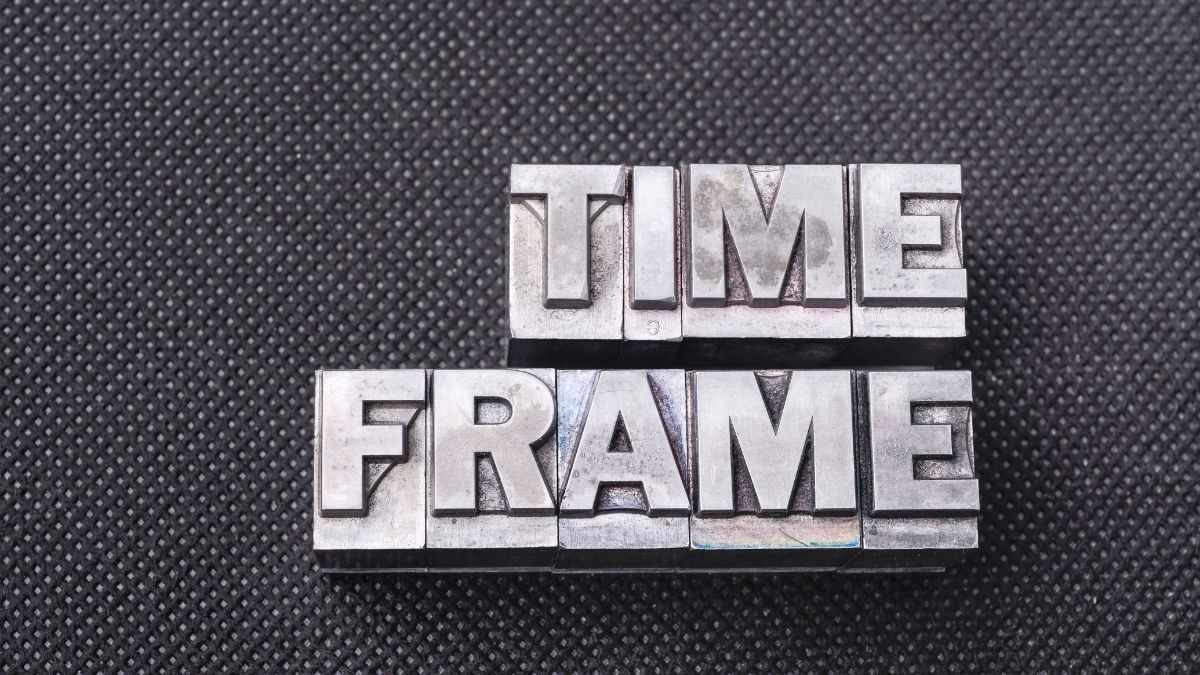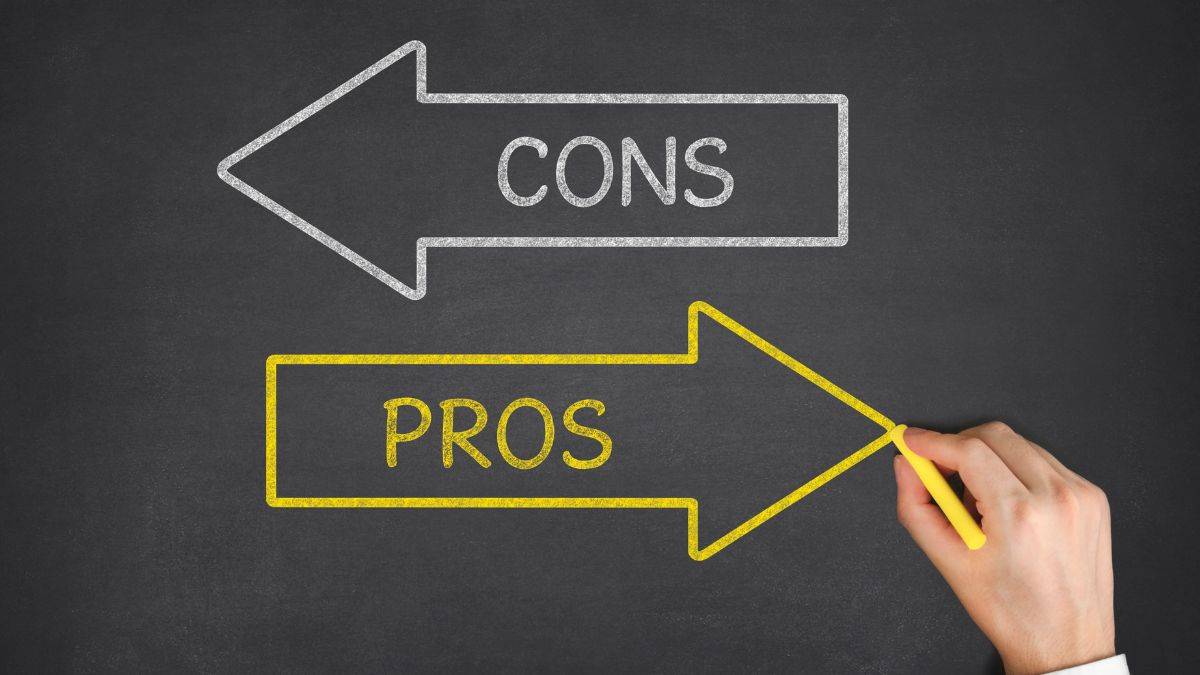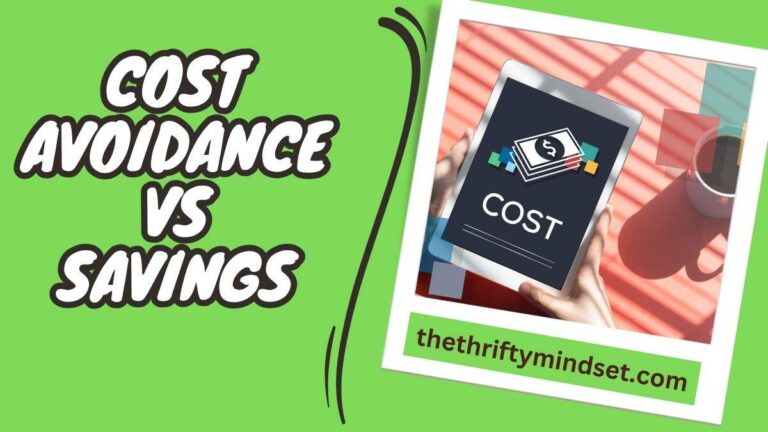In the dance of dollars, every business treads the fine line between cost avoidance and savings. Imagine you’re at a bustling market, haggling for the best deal; that’s your daily corporate hustle.
Cost avoidance is like dodging a pothole you see ahead – it’s about not spending money on future pitfalls. On the flip side, savings is the sweet victory of paying less today, keeping more cash jingling in your pocket.
But here’s the twist: distinguishing between the two can feel like solving a Rubik’s cube blindfolded. This article demystifies these concepts with real-world scenarios, breaking down the jargon into bite-sized, relatable nuggets.
What Is Cost Avoidance?
Cost avoidance is like preventing future expenses before they happen. It’s about taking action now to avoid having to spend more money later. Think of it as being proactive to save money in the long run.
What Is Cost Savings?
Cost savings are reducing current spending or cutting down on existing expenses. It’s about paying less now for the things you already buy or use, effectively saving money that can be used elsewhere.
Cost Avoidance Vs Cost Savings: Key Distinctions
1. Impact on Financial Statements
Cost Avoidance
- Typically does not appear directly on current financial statements because it deals with future expenses. It’s more about the money that won’t be spent rather than the money that has been saved. As such, it’s often harder to quantify and report.
Cost Savings
- Directly impacts financial statements. When you save costs, the reduced expenses reflect immediately in your financial records, showing as decreased outflows or increased profits.
2. Measurement and Quantification
Cost Avoidance
- Difficult to measure precisely because it involves hypothetical future costs. It requires forecasting and assumptions about what costs would have been without the avoidance measures.
Cost Savings
- Easier to measure and quantify. You can directly compare previous expenses with current expenses to determine the exact amount saved.
3. Time Frame

Cost Avoidance
- Long-term in nature. The benefits are realized over time, and the focus is on future periods. It’s about strategic, forward-looking decisions.
Cost Savings
- Immediate or short-term focus. The benefits are realized in the current period, reflecting immediate reductions in spending.
4. Strategic Importance
Cost Avoidance
- Often part of strategic, long-term planning and risk management. It’s about understanding the potential risks and expenses that could arise and mitigating them beforehand.
Cost Savings
- Typically part of operational efficiency and budget management. It’s about making the most of the current resources and reducing unnecessary expenditures.
Examples Of Cost Avoidance
1. Energy-Efficient Equipment
A company invests in energy-efficient machinery for its manufacturing process. While the initial cost is higher, the machinery uses less power and requires less maintenance, avoiding higher energy bills and frequent repair costs in the future.
2. Employee Health and Wellness Programs
A business implements a comprehensive health and wellness program for its employees, including gym memberships, health screenings, and stress management workshops. These programs aim to improve overall employee health, thereby avoiding costs related to absenteeism, turnover, and healthcare claims.
3. Software Licensing Management
An IT department implements a software asset management tool to better control its software licenses. This tool helps avoid costs by ensuring the company only purchases the licenses it needs and avoids penalties associated with non-compliance or over-purchasing.
4. Preventive Maintenance
A transportation company schedules regular maintenance checks for its fleet of vehicles. By catching and addressing issues early, the company avoids more significant repair costs and prolongs the life of its vehicles, avoiding the need for premature replacements.
5. Quality Control Measures
A food processing plant invests in advanced quality control technologies and staff training to ensure high standards are maintained. By preventing contamination or product recalls, the plant avoids the costs associated with product waste, customer refunds, and damage to brand reputation.
Examples Of Cost Savings
1. Negotiating Better Supplier Terms
A company renegotiates contracts with its suppliers for raw materials, securing a lower price per unit. This direct negotiation leads to a reduction in the cost of goods sold, saving the company money on each item produced.
2. Reducing Utility Bills
An office implements energy-saving measures such as installing LED lighting, optimizing HVAC systems, and encouraging employees to power down equipment when not in use. These actions lead to a significant reduction in monthly utility bills.
3. Streamlining Operations
A manufacturing plant reviews its production processes and eliminates redundant steps, optimizes labor usage, and reduces waste. This streamlining leads to faster production times, less material waste, and lower labor costs, directly saving money.
4. Bulk Purchasing
A retail store purchases inventory in larger quantities to take advantage of bulk pricing discounts. By buying more at once, the cost per item is reduced, leading to direct savings on inventory costs.
5. Outsourcing Non-Core Functions
A small business outsources its janitorial, accounting, and customer service functions to specialized firms. This outsourcing leads to cost savings by eliminating the need for in-house staff, equipment, and associated overhead costs for these functions.
Pros And Cons Of Implementing Cost Avoidance And Cost Savings Strategies

Pros of Cost Avoidance
Long-Term Savings
- Cost avoidance strategies often lead to significant long-term savings by preventing future expenses, reducing the need for emergency funds, and minimizing risk exposure.
Proactive Risk Management
- By anticipating and mitigating potential costs before they occur, organizations can avoid the impact of unexpected financial hits and maintain operational stability.
Sustainable Growth
- Cost avoidance can contribute to sustainable growth by ensuring resources are used efficiently and strategically, allowing for reinvestment in areas that drive business development.
Enhanced Reputation
- Proactive measures, especially in areas like safety and compliance, can enhance a company’s reputation, leading to customer trust and potentially more business opportunities.
Cons of Cost Avoidance
Difficult to Measure
- The benefits of cost avoidance are often intangible and future-oriented, making them difficult to quantify and sometimes hard to justify in budgets or investment discussions.
Upfront Costs
- Some cost avoidance measures require significant upfront investment, which might strain short-term budgets or divert funds from other immediate needs.
Complex Planning
- Effective cost avoidance often requires complex forecasting and strategic planning, which can be resource-intensive and require specialized skills or knowledge.
Delayed Benefits
- The financial benefits of cost avoidance are typically realized over a longer period, which might not align with short-term financial goals or pressures.
Pros of Cost Savings
Immediate Impact
- Cost savings provide immediate financial benefits, directly reducing expenses and improving the bottom line in the current accounting period.
Quantifiable Results
- The results of cost savings are tangible and easily quantifiable, making it simpler to track performance and report on financial outcomes.
Operational Efficiency
- Implementing cost-saving measures often leads to more efficient operations, eliminating waste and optimizing resource use.
Competitive Advantage
- Cost savings can provide a competitive advantage by allowing businesses to offer lower prices or invest in areas that enhance product or service offerings.
Cons of Cost Savings
Potential Quality Impact
- Aggressive cost-cutting measures can sometimes lead to a decrease in quality or service levels, affecting customer satisfaction and long-term business viability.
Short-Term Focus
- A focus on immediate cost savings might overlook long-term strategic investments, potentially leading to higher costs or missed opportunities down the line.
Employee Morale
- Cost-saving measures, particularly those involving layoffs or reduced benefits, can negatively impact employee morale and productivity.
Diminishing Returns
- Over time, the potential for cost savings might diminish as the easiest and most impactful measures are implemented first, leaving fewer opportunities for significant savings without major changes or innovations.
Conclusion
In the financial tango of Cost Avoidance vs. Savings, understanding the nuanced steps of each strategy is crucial for maintaining a healthy fiscal balance. Cost avoidance, with its forward-looking gaze, helps dodge future financial pitfalls, ensuring long-term stability and sustainable growth.
On the other hand, cost savings offer immediate relief to the budget, trimming the fat off current expenses for a leaner operation. While both strategies have their distinct advantages and challenges, the key lies in harmonizing them to dance to the rhythm of your business needs.
By judiciously implementing cost avoidance and savings, organizations can not only survive the ebbs and flows of economic tides but thrive, turning financial foresight into profitable action.
I’m Grayson Watson, your frugal companion and the brain behind this money-saving extravaganza. Strap yourself in, because we’re about to embark on a wallet-friendly adventure like no other. Learn More!

